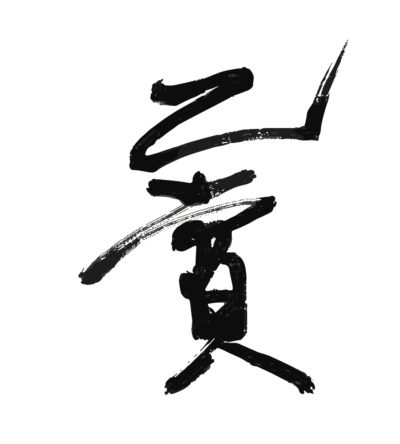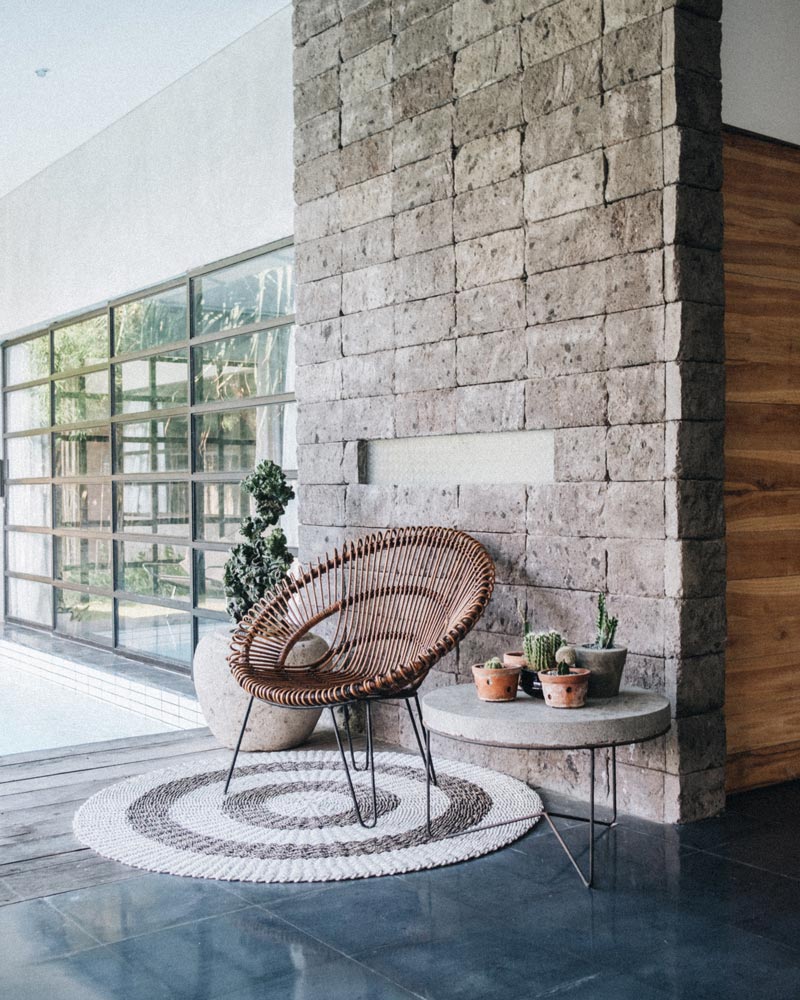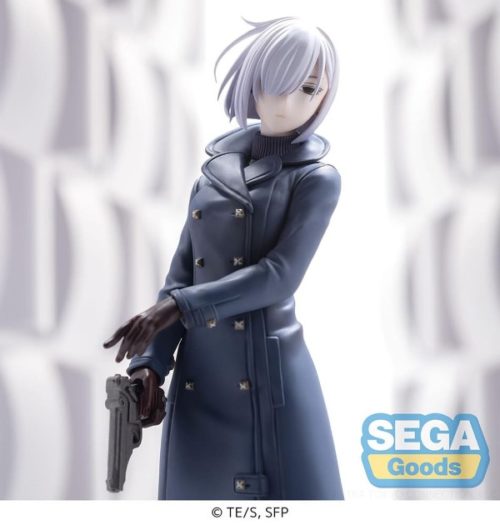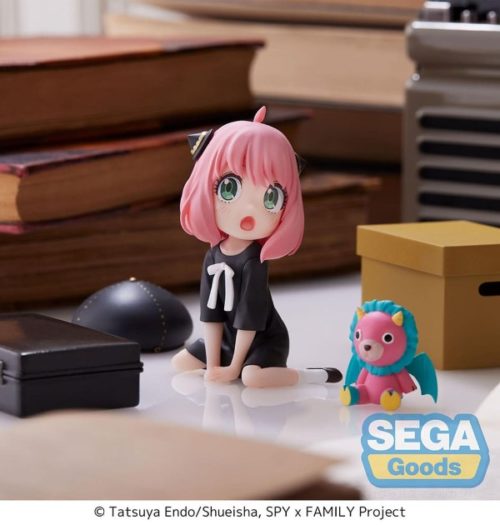I’m sitting on a concrete floor watching water droplets as they skitter across the smooth surface. Around me, other people seem equally transfixed. They stand in silent contemplation staring at beads of water bubbling up from tiny holes in the floor, or lie gazing at the vast domed roof, where two oval openings let natural light flood in. The slightest movement echoes around the space. I take a pen out to make some notes and a member of staff suddenly appears at my side and indicates that I should put it away. Phones are also a strict no-no.
Teshima Art Museum turns the standard idea of what a museum is on its head. For a start it’s empty. Or to be precise, there is nothing on display. Instead of looking at art works or objects, the visitor is invited to contemplate nature in its purest form: light, water, air. The effect is deeply calming. After 20 minutes, I practically float out.
Outside, the museum is just as arresting. Curved and low lying, it looks both other-worldly and somehow part of the surrounding landscape. But perhaps the strangest aspect of the museum is its location – next to a rice terrace on a small island nearly two hours from the nearest city, Okayama, in western Japan.
Relax place Elegant furniture and lighting
And it’s not the only arty attraction in the area. This is one of 18 museums, galleries, installations and projects across three islands that together form a unique rural art paradise.
The story behind the Benesse Art Site Naoshima, to give the project its full name, is intriguing too. It started in the late 1980s when billionaire businessman Soichiro Fukutake began exploring the smaller islands of the Seto Inland Sea, the body of water that separates three of Japan’s four main islands. Fukutake wanted to transform threeislands that had borne more than their fair share of the country’s rapid industrialisation – refineries were built on Naoshima and Inujima, and illegal waste was dumped on Teshima – and had then been forgotten.







![[預購] SPY×FAMILY 間諜家家酒 Luminasta 約兒 網球](https://esontoy.com/wp-content/uploads/2024/01/03.jpeg)

